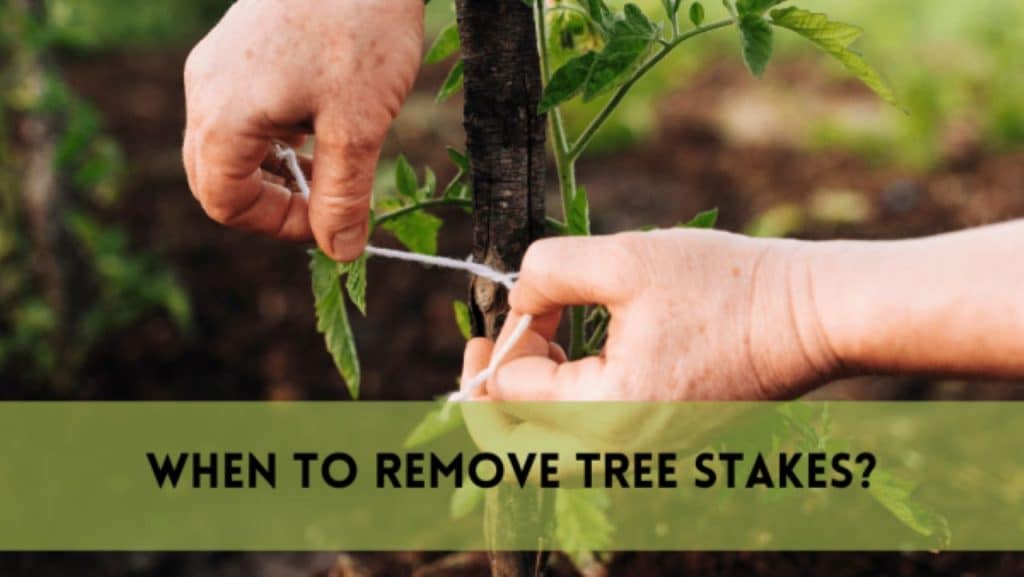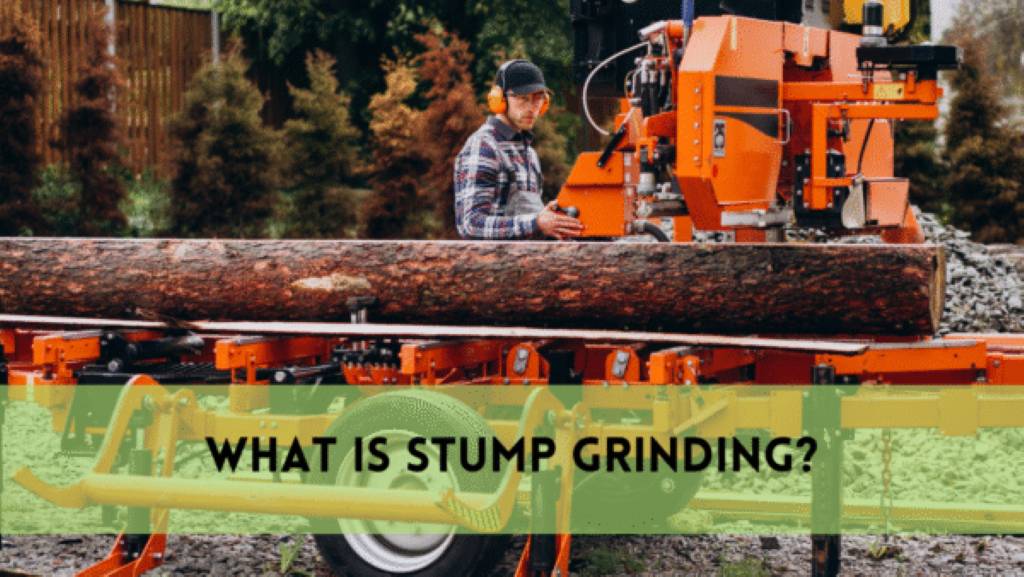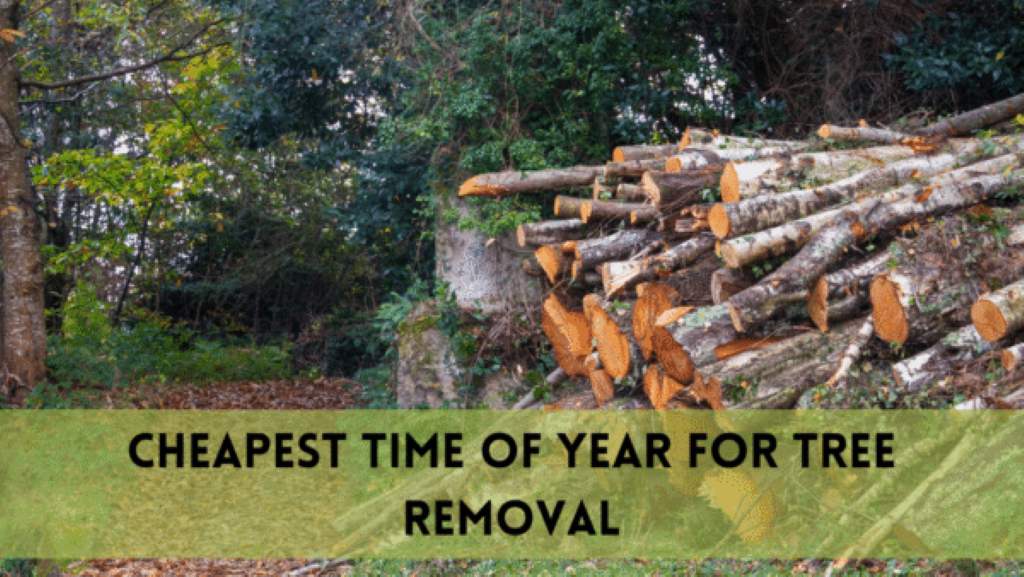Trees are essential to our ecosystem because they shade our surroundings, clean the air, and enhance their visual appeal. Stakes may have been utilized to encourage the growth of a young tree that you planted. For the long-term growth and health of the tree, it is important to understand when to remove tree stakes.
Learn the skill how to remove tree stakes. Discover the telltale symptoms of a tree that is ready to stand on its own:
Knowing Why Tree Stakes Are Need to be Removed
In the early years of a tree’s existence, tree stakes have a noble role. In bad weather, they offer support, keeping the young saplings from bending or shattering. In addition to encouraging upright development, stakes guarantee that the tree has a robust and sturdy trunk.
The Initial Year Time for Tree Stakes
Stakes are essential for supporting the young sapling during the first year following tree planting. The tree needs this time to grow roots and become used to its new surroundings. But as the tree gets older, it begins to forge its own structural integrity.
It’s a good idea to keep an eye on your tree’s development throughout its first year. The tree may be ready for some independence if you see that the branches are spreading out and the trunk is getting bigger.
Indications That You Need to Remove Tree Stakes
1. Robust Development of the Trunk
Examine your tree’s trunk. If it is sturdy and tall and doesn’t swing too much in the wind, Perhaps it’s time to think about lowering the stakes. For a tree to get stronger overall and to promote trunk thickening, it requires some natural movement.
2. Establishing Roots
A strong root system is a surefire indicator that your tree is ready to stand on its own. The tree can sustain itself without the need for stakes if its roots are well-rooted in the ground.
3. Climate Effects on Tree Stakes
Think about the local weather conditions at the moment. Your tree may have acquired the resilience required to flourish without stakes if it has withstood storms and high winds without displaying any indications of stress.
How to Remove Tree Stakes

It’s a delicate procedure that needs to be done carefully to remove tree stakes without damaging the tree. Observe these steps to ensure a smooth transition for your growing sapling:
1. Cut the Bonds
First, undo the knots holding the tree to the posts. Use caution so as not to harm the branches or bark. The tree can progressively acclimatize to the lack of support, thanks to this stage.
2. Evaluate the Stability of Trees
Once the ties are loosened, check to see if the tree is stable. If it stays upright and shows no indications of severe tilting or swaying, you can remove it.
3. Gradually remove tree stakes
One by one, starting with the outermost, remove tree stakes one by one. The tree is better able to adjust to the shifting support structure thanks to this progressive process. Should the tree exhibit any indications of instability, it could be necessary to continue using the stakes for a little while longer.
4. Keep an eye after you Remove Tree Stakes
After you remove tree stakes, pay special attention to the tree in the coming days and weeks. Look out for any indications of instability or stress. You can temporarily re-stake the tree to provide it more support if needed.
Typical Errors to Avoid While You Removing Tree Stakes
1. Early Elimination of Tree Stakes
To remove tree stakes too soon is one of the most frequent errors. It’s important to provide the tree enough time to grow the strength required to support itself.
2. Prolonging the Stakes
On the other hand, if stakes are left in place for too long, the tree’s development may be hampered. Stakes should be taken out as soon as the tree shows that it can sustain itself.
3. Improper Stake Alignment
Make sure the tree can move freely in the wind by placing the pegs at the proper distance from it. Poor trunk growth may result from improper location.
Benefits of Removing Tree Stakes Early
Encourages Organic Growth: When stakes are removed when appropriate, a tree’s natural, robust structure develops, which is beneficial to the tree’s long-term health.
Prevents Girdling: By removing the stakes at the appropriate time, the bonds keep the tree from becoming girdled and may grow freely.
Improves Wind Resistance: Trees that have been exposed to wind from a young age have a tendency to have stronger wind resistance, which makes them more resilient over time.
Conclusion
One of the most important turning points in a tree’s existence is when it no longer needs stakes and begins to stand tall on its own. A certified arborist can help identify the right time for stake removal, ensuring the tree remains resilient and healthy.
So when to remove tree stakes? The best way to make this decision is to watch your tree develop and pay attention to the signs it sends forth. When you set out on this trip with your tree, keep in mind that nurturing a healthy, independent friend in your garden requires both patience and care.
FAQs
When is the best time to remove tree stakes?
A tree that has a sturdy trunk, a well-established root system, and a history of withstanding storms without experiencing undue stress is the perfect candidate for stake removal.
Usually, this happens in the first one to two years following planting.
After taking out the stakes, what should I do if my tree still seems a little unsteady?
Keep a watchful eye on the tree and consider temporarily re-staking it if instability continues. Occasionally, a little more assistance for a little while might help the tree get even stronger.
Will my tree suffer if I leave stakes in place too long?
It is true that a tree’s growth may be hampered by stakes left in place for a long time. Once the tree shows that it can stand on its own, the stakes should be taken down to promote healthy growth.
How can I pull out the stakes without hurting the tree?
Gently remove the stakes and loosen the knots gradually. Take your time evaluating the stability of the tree at each turn. If the tree exhibits symptoms of stress, you might want to postpone its removal.
How much of an influence does the weather have on when tree stakes should be removed?
The decision is influenced by the weather. If your tree has weathered badly without any problems, it may have the resilience needed to grow well without stakes.




